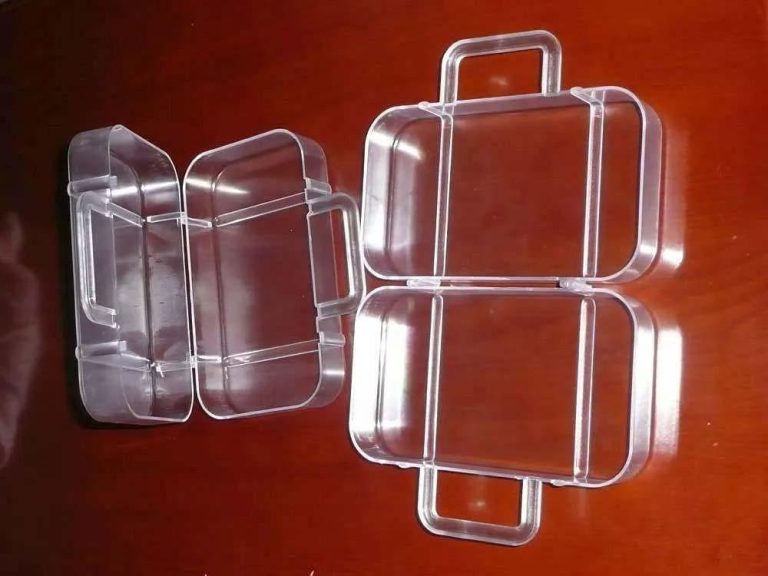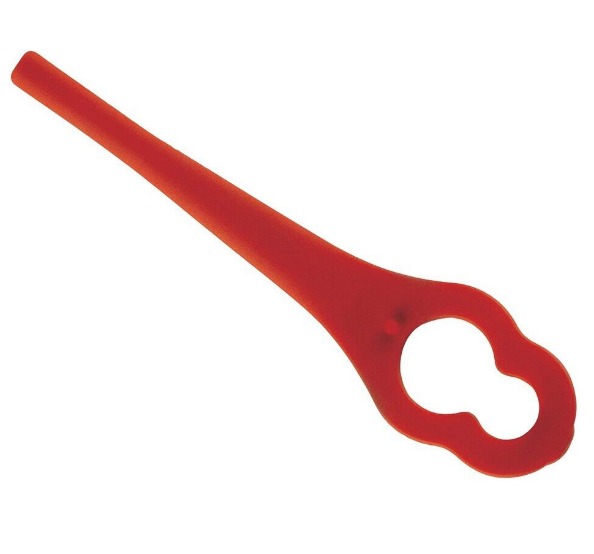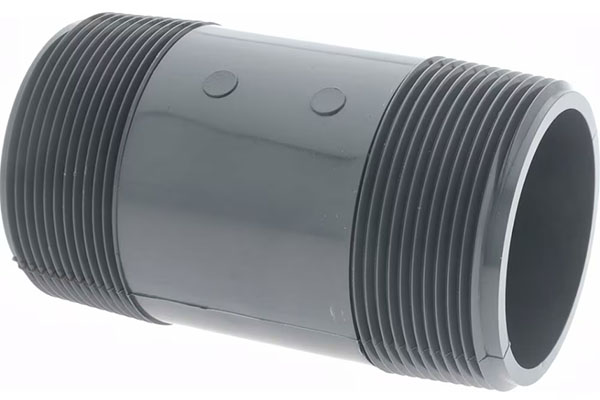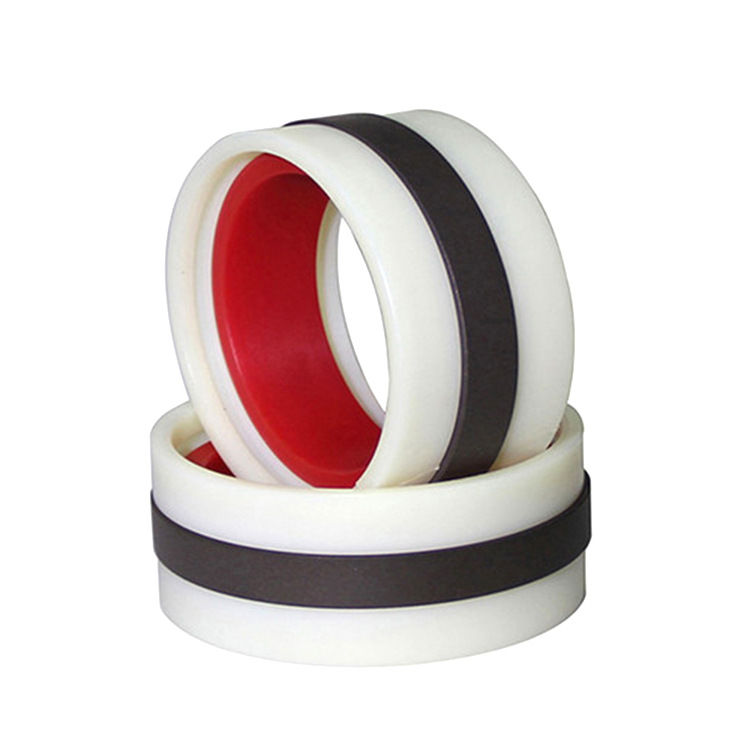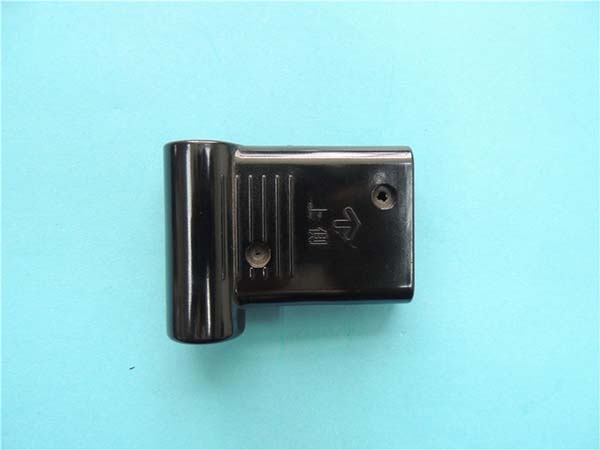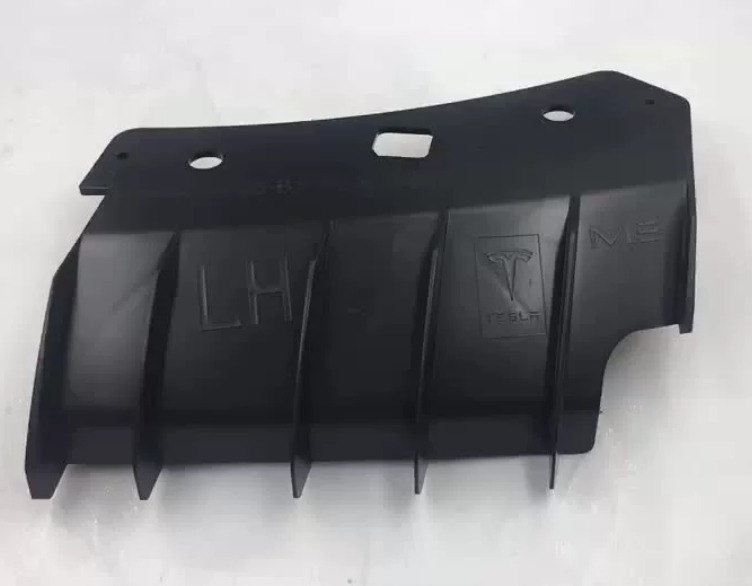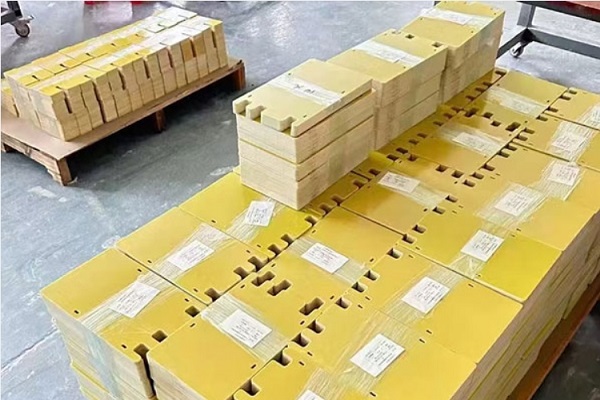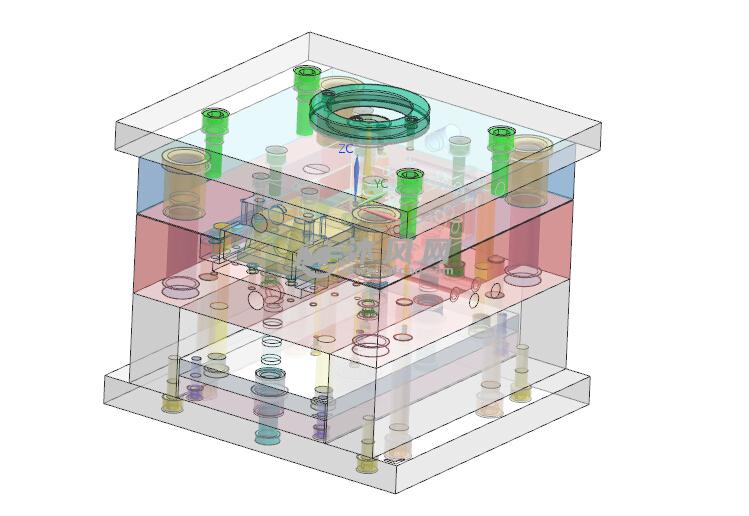Understanding Plastic Injection Molding
Plastic injection molding is a widely used manufacturing process for producing plastic parts in large quantities. The principle of plastic injection molding is relatively straightforward yet highly efficient. First, plastic pellets are fed into a heated barrel. As the pellets move through the barrel, they are gradually melted by the heat. A reciprocating screw then forces the molten plastic under high pressure into a closed mold cavity. Once the mold cavity is filled, the plastic is allowed to cool and solidify. After solidification, the mold opens, and the newly formed plastic part is ejected. This cycle repeats continuously, enabling high - volume production.
The application fields of plastic injection molding are extensive. In the automotive industry, it is used to manufacture various components such as interior trim parts (like dashboards, door panels), exterior parts (bumpers, side mirrors), and engine components (intake manifolds). For example, a typical car may contain hundreds of plastic injection - molded parts, which not only reduces the vehicle's weight but also helps in cost - effective production.
In the consumer electronics sector, plastic injection molding is essential for creating casings for smartphones, tablets, laptops, and other devices. These parts need to be precisely molded to fit all the internal components perfectly while also providing a sleek and durable exterior. For instance, the body of an iPhone is made through a complex plastic injection molding process combined with other finishing techniques.
The medical industry also heavily relies on plastic injection molding. It is used to produce items like syringes, IV connectors, medical device housings, and prosthetics components. These products require high - precision molding and strict quality control to ensure patient safety. For example, a single - use syringe must be accurately molded to ensure the correct dosage delivery and prevent any leakage.
In the household goods area, everything from kitchen utensils (such as spatulas, ladles) to storage containers (tupperware) is often made using plastic injection molding. These products need to meet different requirements, such as heat resistance for kitchenware and air - tightness for storage containers.
Overall, plastic injection molding is a versatile and indispensable manufacturing process, and understanding its basic principles and applications is the first step towards starting a plastic injection molding plant.
Steps to Start a Plastic Injection Molding Plant
Market Research
Market research is the cornerstone of starting a plastic injection molding plant. By analyzing industry trends, you can stay ahead of the curve. For example, with the rise of the electric vehicle industry, the demand for plastic components with high - heat resistance and lightweight properties has surged. According to a market research report, the global plastic injection molding market is expected to grow at a compound annual growth rate of 12% in the next few years, driven by the automotive, electronics, and consumer goods sectors.
Understanding target customer needs is crucial. If your target customers are in the medical device industry, they will have strict requirements for product precision, biocompatibility, and sterilizability. You can conduct surveys, interviews, or analyze customer feedback from existing products in the market.
Analyzing competitors can help you find your unique selling point. Look at their product range, quality, pricing, and customer service. For instance, if a competitor mainly focuses on large - scale, low - cost production, you could differentiate by offering high - precision, custom - made plastic injection - molded parts.
Business Planning
A comprehensive business plan serves as a roadmap for your plastic injection molding plant. The key elements include:
- Company Goals: Set both short - term and long - term goals. For example, in the first year, your short - term goal could be to break even, while the long - term goal might be to become a leading supplier in the regional market within five years.
- Marketing Strategy: Determine how you will promote your products. This could include online marketing, participating in industry exhibitions, or building partnerships with distributors.
- Operations Plan: Outline the day - to - day operations, such as production schedules, inventory management, and supply chain management.
- Financial Budget: When making a financial budget, consider the following cost items:
- Equipment Purchase: The cost of (injection molding machines), (molds), and (auxiliary equipment).
- Raw Materials: The cost of plastic pellets, additives, etc.
- Labor Costs: Salaries for engineers, technicians, and production workers.
- Overhead Expenses: Rent, utilities, insurance, and maintenance.
Location Selection
The location of your plastic injection molding plant can significantly impact its success. Here are some key factors to consider:
- Transportation Convenience: A location close to major highways, railways, or ports is ideal. For example, if your raw materials are imported from overseas, being near a port can reduce transportation costs and delivery times.
- Labor Resources: Areas with a skilled labor force in the manufacturing industry are preferred. For instance, regions with vocational training centers that offer courses in plastic molding technology can provide a steady stream of qualified workers.
- Infrastructure: Adequate power supply, water supply, and waste disposal facilities are essential. Some industrial parks offer pre - built infrastructure, which can save you time and money.
- Rental Costs: Compare the rent in different areas. While a prime location may offer many advantages, it may also come with high rent. You need to balance the cost with the benefits. For example, a location in a second - tier city may have lower rent and still meet your business needs.
Equipment Procurement
The following equipment is essential for a plastic injection molding plant:
- Injection Molding Machines: These are the core of the production process. When choosing an injection molding machine, consider parameters such as (clamping force), (shot capacity), and injection speed. Some well - known brands include (Haitian), (Demag), and (Engel).
- Molds: Custom - made molds are often required according to the product design. The quality of the mold directly affects the quality of the plastic parts.
- Auxiliary Equipment: This includes granulators, dryers, chillers, and conveyors.
The following table compares the prices and features of different brands of injection molding machines:
| Brand | Price Range (USD) | Features |
| Haitian | 5,000 - 50,000+ | High - cost - performance, suitable for a wide range of applications, with a large market share in China and globally |
| Demag | 10,000 - 80,000+ | High - precision, advanced technology, often used in high - end manufacturing |
| Engel | 12,000 - 100,000+ | Excellent quality, energy - efficient, with a strong reputation in the automotive and medical device industries |
Staff Recruitment and Training
Recruiting the right staff is crucial for the smooth operation of your plastic injection molding plant:
- Engineers: Look for candidates with a background in mechanical engineering, plastics engineering, or a related field. They should be able to design molds, optimize production processes, and solve technical problems.
- Technicians: These are the front - line workers who operate the injection molding machines. They need to have hands - on experience and knowledge of machine operation and basic maintenance.
- Managers: You need managers with experience in production management, supply chain management, and quality control to ensure the overall efficiency of the plant.
Employee training should cover multiple aspects, including safety training, machine operation training, quality control training, and new technology training. Continuous training is essential to keep up with the latest industry trends and improve employee skills. For example, training on new types of biodegradable plastics and their processing techniques can help your plant stay competitive.
Quality Control and Management
Establishing a quality control system is vital to ensure the production of high - quality plastic injection - molded parts:
- Raw Material Inspection: Test the incoming plastic pellets for properties such as melt flow rate, density, and moisture content. Only use raw materials that meet the quality standards.
- Production Process Monitoring: Regularly check the production parameters during the injection molding process, such as temperature, pressure, and injection time. Any deviation from the standard parameters should be corrected immediately.
- Finished Product Inspection: Conduct comprehensive inspections of the finished products, including dimensional accuracy, surface quality, and mechanical properties testing.
To improve product quality, some tips include:
- Regular Maintenance of Equipment: Well - maintained equipment is less likely to produce defective products.
- Employee Involvement: Encourage employees at all levels to be involved in quality control, as they are the ones closest to the production process and can often spot potential quality issues first.
- Use of Advanced Testing Equipment: Investing in advanced testing equipment can help detect quality problems more accurately and quickly.
Yigu Technology's Perspective
As a non - standard plastic metal products custom Supplier, Yigu Technology understands the challenges in starting a plastic injection molding plant. We offer a one - stop solution, from mold design to material selection and product manufacturing.
In mold design, our experienced engineers use advanced software to create highly precise molds that meet your product requirements. For material selection, we have in - depth knowledge of various plastic materials, and can recommend the most suitable ones based on your product's application, cost - effectiveness, and environmental requirements.
During the product manufacturing process, we ensure high - quality production through strict quality control measures. Our professional technical team and rich experience enable us to solve production problems promptly, ensuring product quality and on - time delivery. We are committed to helping you start your plastic injection molding business quickly and efficiently.
FAQ
What are the key costs involved in starting a plastic injection molding plant?
The main costs include equipment purchase, such as injection molding machines which can range from \(5,000 to over \)100,000 depending on the brand and specifications. Molds, especially custom - made ones, can be quite expensive. (Rental costs) vary by location, with industrial areas in major cities usually being more costly. Labor costs for engineers, technicians, and production workers also contribute significantly. Additionally, the cost of raw materials like plastic pellets and additives should not be overlooked. For example, high - performance plastic materials can be much more expensive than common ones.
How to choose the right plastic materials for injection molding?
When choosing plastic materials, consider the product's performance requirements. For example, if the product needs to withstand high temperatures, materials like PEEK (Polyether Ether Ketone) might be suitable. (Process ability) is another factor. Some materials are easier to mold than others. Cost is also crucial. For large - scale production, cost - effective materials such as PP (Polypropylene) or PE (Polyethylene) are often preferred. If the product is for medical use, biocompatible materials must be selected to ensure patient safety.
What are the common problems in plastic injection molding and how to solve them?
Common problems include product defects. (Flash) occurs when plastic leaks between the mold halves, usually due to insufficient clamping force or worn - out molds. To solve this, adjust the clamping force or repair the mold. (Air bubbles) inside the product can be caused by improper venting or moisture in the raw materials. Improving venting and drying the materials can solve this problem. (Sink marks) are often due to uneven cooling or excessive material shrinkage. Optimizing the cooling system and adjusting the injection parameters can help reduce sink marks. (Mold failures) like mold cracking or wear can be addressed by regular maintenance, using high - quality mold materials, and proper mold design.
